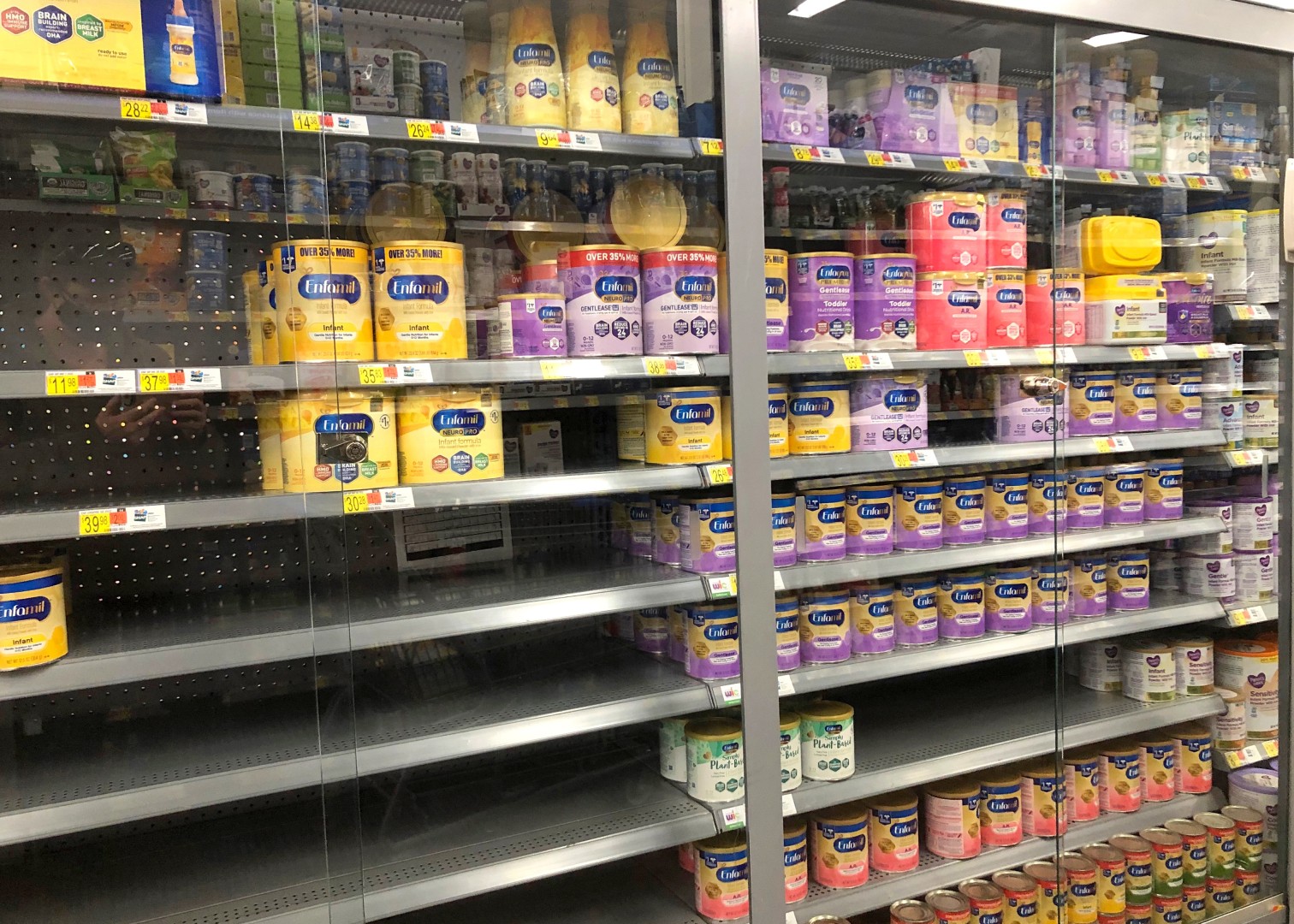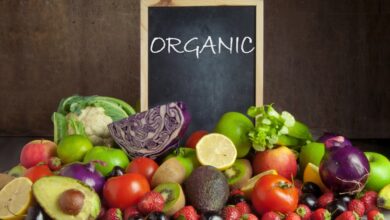A
A
A
What Lead to the Baby Formula Shortage?
The shortage of baby formula in the U.S. has been top of mind in the news for weeks. It has become so much of an issue that the government has had to step in and try to alleviate new parents’ and guardians’ concerns about how they are going to feed their children. Spurred by pandemic supply chain issues, made worse when the country’s largest producer of baby formula, Abbott, had to shut down a plant in Michigan in February and recall multiple products due to reports of infant sickness.
The Food and Drug Association (FDA) and the Centers for Disease Control and Prevention (CDC) found links to a type of bacteria in the plant, but not enough to link the data to the four reported cases, including two deaths. Government officials said testing is limited, but the FDA hopes to adopt more rigorous standards soon.
Read More »
Additionally, Abbott has a majority of the formula market share. Along with Nestle/Gerber and Rickett Benckiser, that is about 80% of the U.S.’ market. Half of the formula is used by recipients of the FDA’s Women, Infants and Children program (WIC), which limits the types of formulas that can be purchased. Individual states also have limits on what can and cannot be purchased by those getting this benefit.
What Has Happened Since Then?
As a result of what happened, Abbott pulled more than 20 products from shelves, that are used by over 5,000 babies, as well as older children and even some adults with rare diseases. Other companies, such as Rickett Benckiser, have been increasing formula production to feed those who need the formula. Nestle has flown in formula from European countries, such as Switzerland. Concerned parents, guardians and community members have sought help in getting formula—asking on social networks, leaning on friends to purchase products using warehouse cards and more.
While data showed about 80% of formula being out of stock just a couple weeks ago, the numbers average more like 13% as of mid-May 2022.
On Monday, May 16, Abbott reached a deal with the FDA to reopen the MI plant. But, with that comes the legal need for Abbott to report and act upon the unsanitary conditions that the FDA believes led to the shutdown in the first place.
Why Things May Be Getting Worse
While things might look optimistic, overall, in just a matter of days, store numbers show that about 40% of baby formula varieties are out of stock, due to stockpiling and limited quantities. Retailers, such as CVS, Target and Walgreens, are limiting the number of formula bottles that can be purchased, putting a strain on those who need to feed their families.
Things are even worse in six states, most of which are in the Midwest, where even less formula is on shelves. These states are Tennessee, Texas, Missouri, Iowa, South Dakota and North Dakota. The Houston and Dallas Metro Areas only have about 50% of their normal baby formula supply on shelves. It is also hard to say how Abbott with rebound from reporting the factory conditions and just how much more competitors can keep up with the increased demand while keeping safety and staffing in mind.
Experts predict things will get worse before they get better.
What Can Be Done
Offer to help those in your network who may need (or be without) formula. Abbott and the FDA have set up webpages with more information. Facebook groups with tips have also been launched. On an individual level, reach out to your networks and encourage parents and guardians to talk with medical providers and pediatricians to come up with solutions that work for them while the country navigates this shortage.
Sharing is caring! Spread the word to new parents and those who need baby formula in your life. Did you find this useful? Feel free to bookmark or post to your timeline for reference later!






